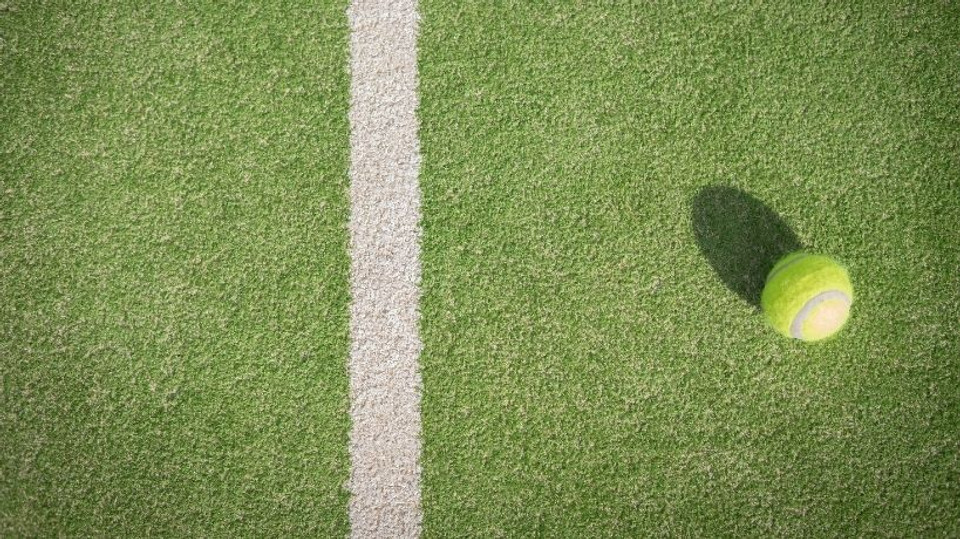
Beginners might assume a tennis court is a tennis court; hard and flat. However, there’s more to learn about tennis courts if you want to prepare for each match properly. There are several types of tennis courts, each of which has a unique effect on gameplay. Below, we’ll give you a crash course in how tennis court type influences ball bounce to ensure you always know what to expect.
Carpet Courts
Most of the courts on this list are for outdoor use, but carpet courts are most commonly found indoors. A carpet court is a rubber material covering a tough, concrete surface. You might not run into this court often, but if you do, expect the ball to bounce fast and low. These surfaces aren’t for professional play, but because they provide a fast-paced gameplay style, they’re not bad for indoor practice.
Clay Courts
When you’re playing on a clay court, expect the ball to bounce high but slow. As a result, matches move at a slower pace, giving players more time to prepare for each oncoming tennis ball. A clay court isn’t as soft as a grass court, but it’s still soft enough to require consistent upkeep. Over time, the soft clay surface can become bumpy and uneven. Playing on a poorly maintained clay court can lead to erratic ball bounces; bouncing off the wrong bump can send the ball flying in any number of directions. Luckily, consistent maintenance will prevent such issues from happening.
Grass Courts
Unlike clay courts, grass courts will provide a fast-paced playstyle that requires quick thinking and reflexes. Grass courts create a quick playstyle due to how they bounce the ball, which is fast and low, similar to carpet courts. As a result, this type of court surface is best for professionals instead of casual players, though it really comes down to personal preference. Like clay courts, grass court surfaces can become uneven over time, creating a less consistent bounce in the tennis ball. Routine maintenance will keep the surface playable, but one of the big reasons you don’t see grass courts often is the demanding maintenance requirements.
Hard Courts
This type of court contains materials such as asphalt or concrete, creating a tough, smooth surface. Hard courts are typically the most stable and consistent surfaces to play tennis on. When the ball bounces on a hard court, it will bounce fast and high. Thanks to the simple maintenance and consistent ball bounce characteristics, hard courts are the most common tennis court surface you’ll see.
Understanding how tennis court type influences ball bounce will help you know what to expect from each surface you play on. As you can see, the differences between court surfaces extend beyond aesthetics. Once you have the right court and the proper tennis court equipment, all you need is a willing opponent to experience how these surface materials work in person.

